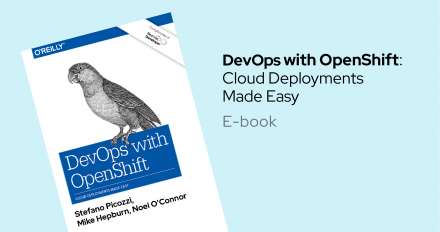
Create a scalable REST API with Falcon and RHSCL
APIs are critical to automation, integration and developing cloud-native applications, and it's vital they can be scaled to meet the demands of your user-base. In this article, we'll create a database-backed REST API based on the Python Falcon framework using Red Hat Software Collections (RHSCL)





















